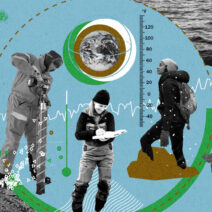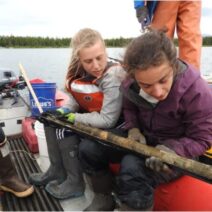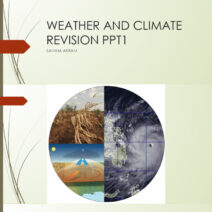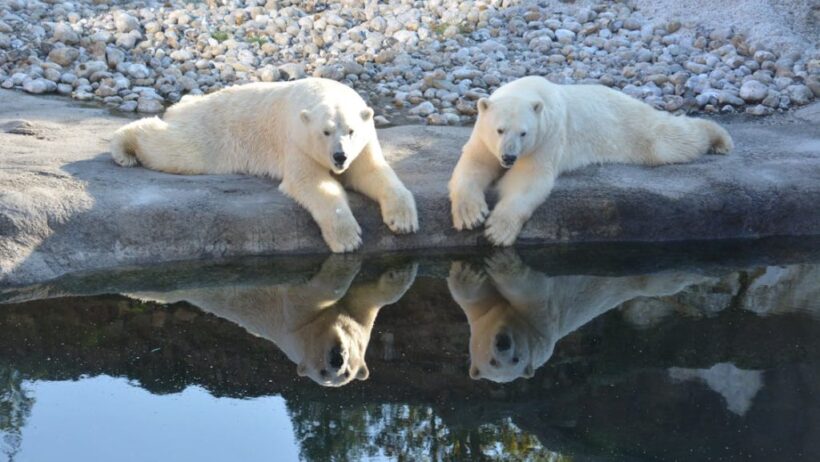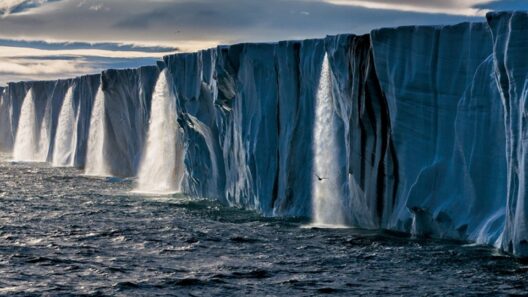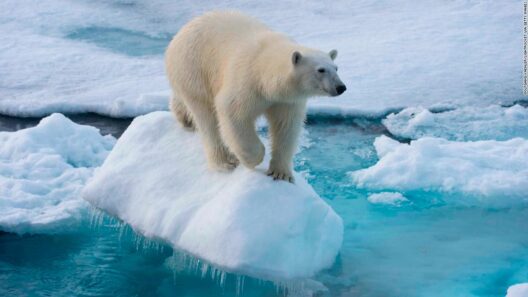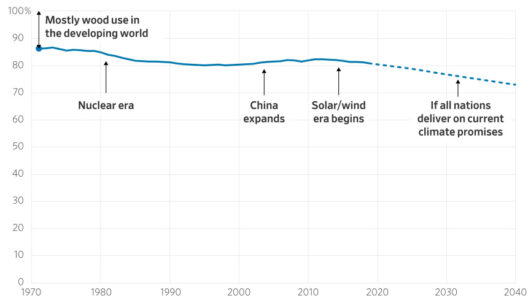The Arctic is an awe-inspiring landscape, characterized by vast expanses of ice and snow, yet this picturesque environment is undergoing a profound transformation. As global temperatures rise, many worry: are polar bears starving and dying due to melting ice? This question invites us to explore the delicate interplay between climate change and wildlife, particularly the polar bear (Ursus maritimus), a species that epitomizes the frigid wilderness of the North.
Polar bears are uniquely adapted to thrive in icy habitats, relying heavily on sea ice as a platform for hunting seals, their primary source of sustenance. However, as the ice continues to diminish, the very foundation of their existence is jeopardized. The Northwest Passage is becoming increasingly navigable, a phenomenon that, while economically advantageous for shipping, spells disaster for polar bears. As sea ice forms later in the autumn and retreats earlier in the spring, bears have less time to hunt and accumulate the fat reserves necessary for survival.
Could it be that a single species is acting as a sentinel for the impending crisis of climate change? The plight of polar bears offers a stark illustration of the broader environmental issues we face. When ice melts, polar bears are forced to swim longer distances to find their food. This not only burns precious energy reserves but also increases the likelihood of drowning, especially for younger bears that have less stamina. What does it mean for an apex predator to find itself on the brink of starvation?
Imagine a mother bear desperately searching for food to nourish her cubs, only to find herself in a barren landscape devoid of seals. The hunting grounds are shifting further from the shore, necessitating longer treks across unstable ice. Consequently, many bears are entering a phase of hyperphagia, where they must consume large quantities of food to counteract the energy deficit incurred from fasts during the melting season. In areas where ice has significantly retreated, bears are facing unprecedented challenges. Reports of malnutrition and starvation among polar bears in parts of the Arctic have surged, elevating the concern for their future.
A casual observation could lead to a misbelief that bears are simply adjusting to the changes in their environment; however, they are struggling with the drastic alterations. The challenge lies not only in reduced access to food but also in the increasingly fragmented nature of their habitat. As ice flows break apart, bears are becoming isolated, making it difficult for them to find mates or escape threats, both natural and human-induced.
Could there be consequences beyond individual bears? The dynamics of the Arctic ecosystem are complex and interwoven. Polar bears are integral to the health of their environment, influencing seal populations and subsequently affecting the entire food web. The decline of such a keystone species may yield cascading effects that ripple through the ecosystem, potentially inducing instability within marine and terrestrial life. Thus, the survival of polar bears extends beyond their own species—it reflects a broader ecological crisis in the Arctic environment.
Now consider the human element in this equation. Industrial activities, including oil drilling and shipping routes through polar regions, pose additional threats to polar bears. These activities increase the risk of oil spills and further disturbance to their habitat, compounding the stresses imposed by climate change. Communities already grappling with the realities of global warming may also face challenges as traditional hunting practices become endangered. Indigenous peoples, who rely on polar bears for cultural and economic sustenance, may be compelled to find alternative means of survival.
Can we afford to overlook these challenges? The melting ice is not just a polar issue; it is a global concern. The urgency of reducing greenhouse gas emissions cannot be understated. International cooperation is crucial to formulating policies that protect the Arctic. Agreements like the Paris Accord represent a collective acknowledgment of the climate crisis, though tangible results need to be expedited. For every action taken to curb emissions, we inch closer to ensuring a viable future for polar bears and countless other vulnerable species.
Public awareness and advocacy play pivotal roles in preserving this majestic species. By engaging in activism, educating ourselves and others, and demanding accountability from corporations and governments, we can contribute to the fight against climate change. Efforts can range from supporting conservation organizations to encouraging sustainable practices that help mitigate environmental degradation.
Are polar bears indeed starving and dying due to melting ice? The evidence reveals a sobering reality. Their situation is a poignant reminder of the urgent need for action against climate change and the responsibility humans hold in this vast interconnected web of life. It challenges us to envision a future where polar bears can thrive, gliding effortlessly across the ice instead of battling for survival.
In conclusion, the plight of polar bears poses an existential question that reverberates through the heart of environmental discourse. The melting ice is a clarion call, urging us to reevaluate our relationship with the planet and commit to substantial changes. Perhaps the ultimate challenge lies not just in preserving polar bears but in reorienting our stewardship of the Earth. As custodians of this planet, we must ensure that future generations inherit a world where these magnificent creatures roam free, unburdened by the specter of extinction.
